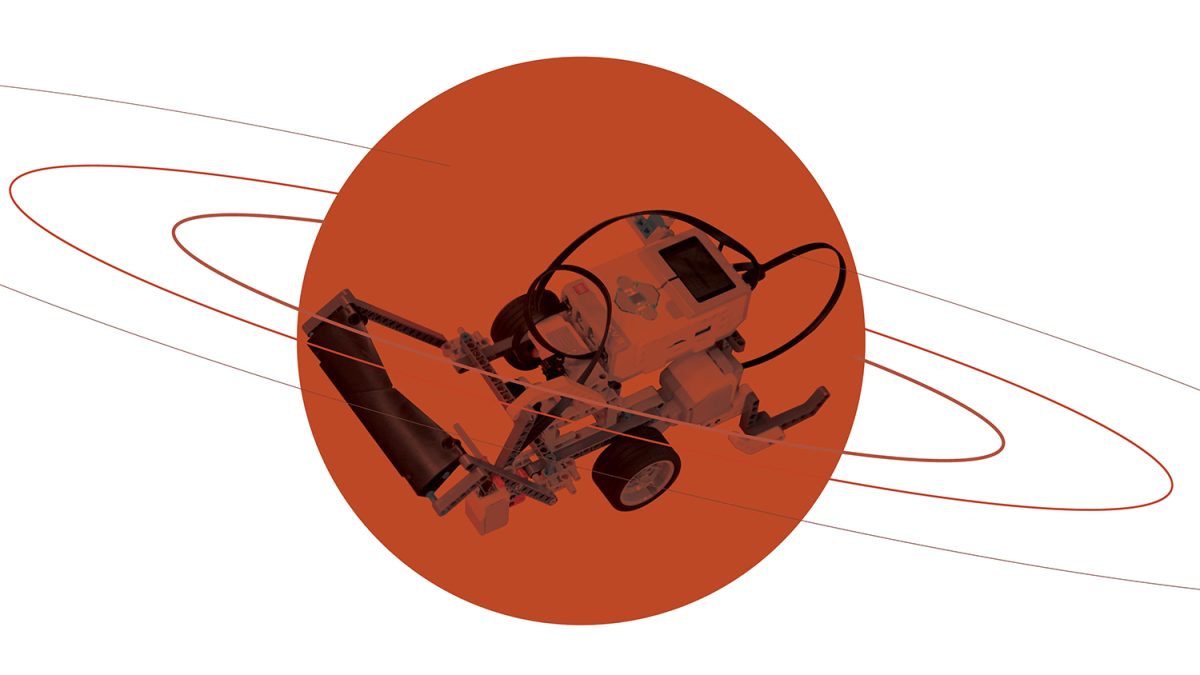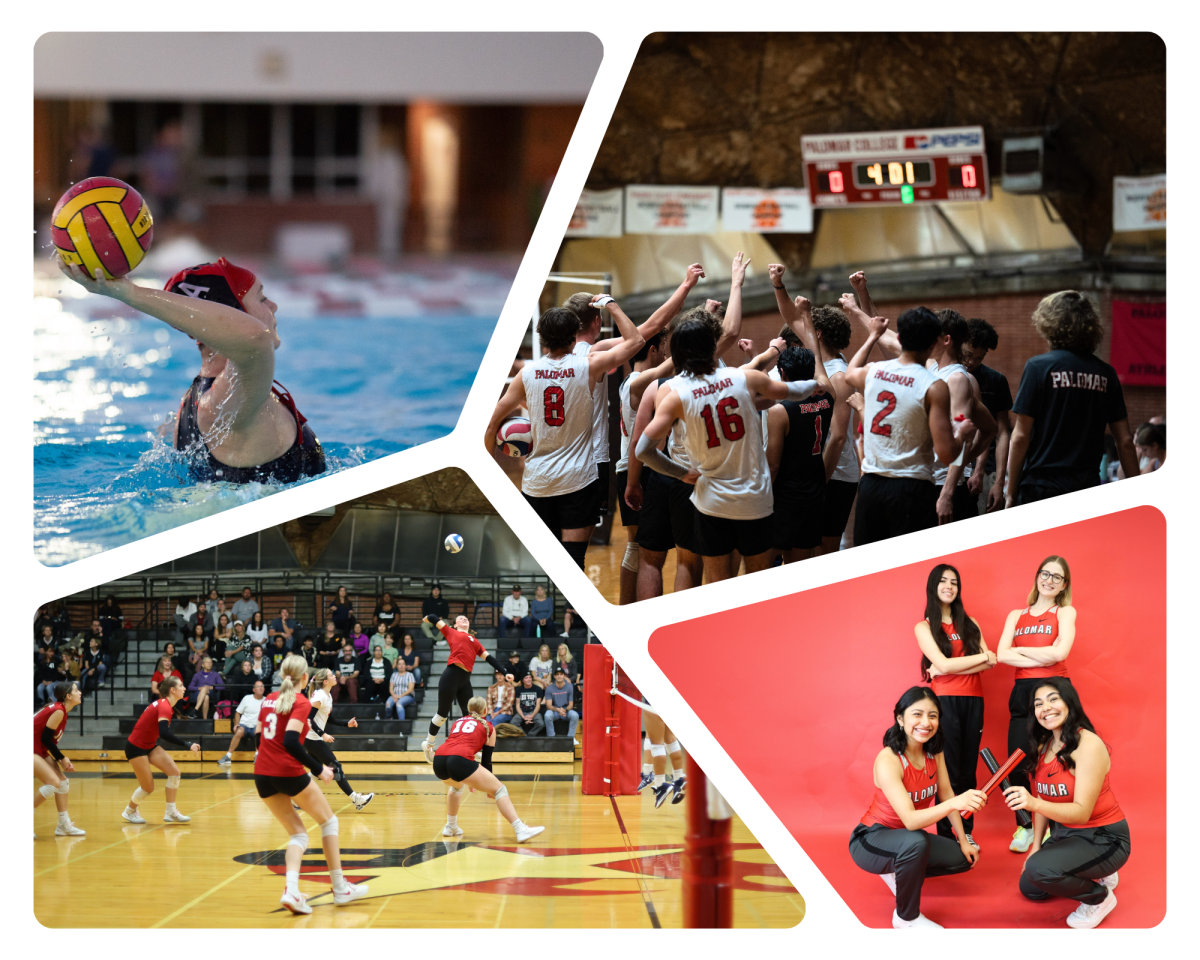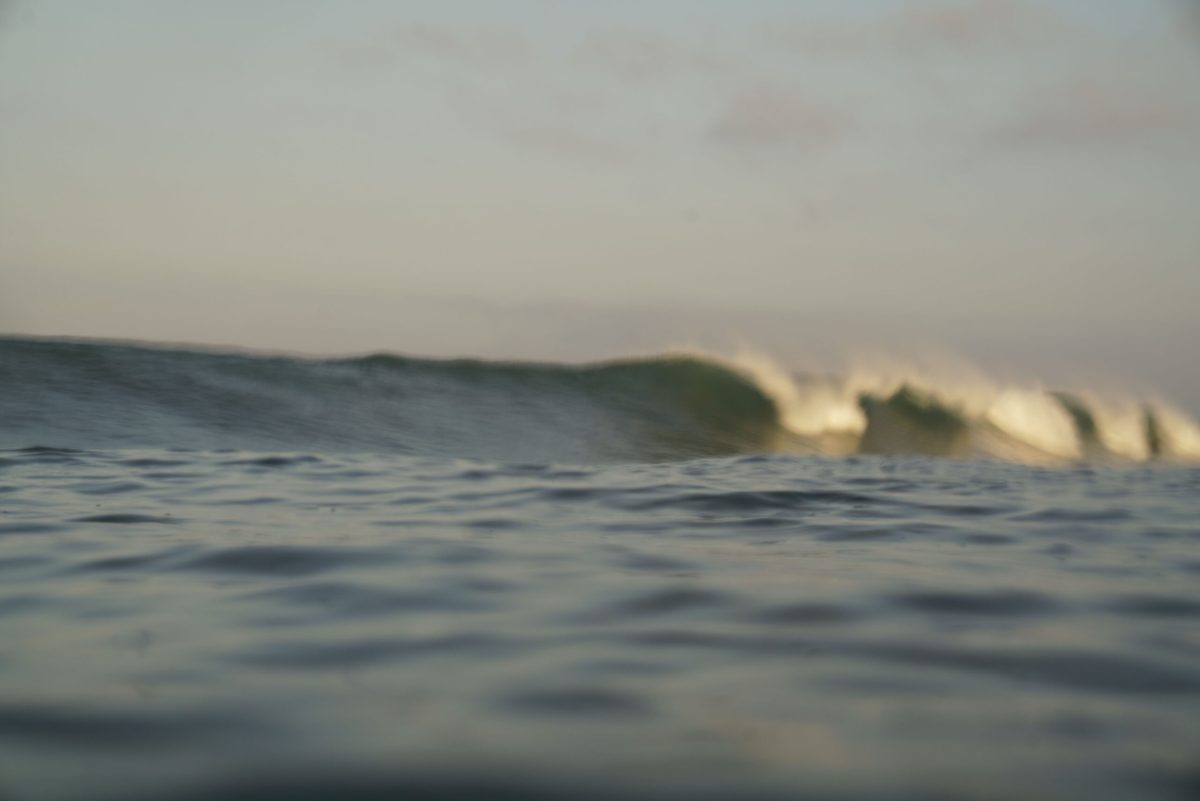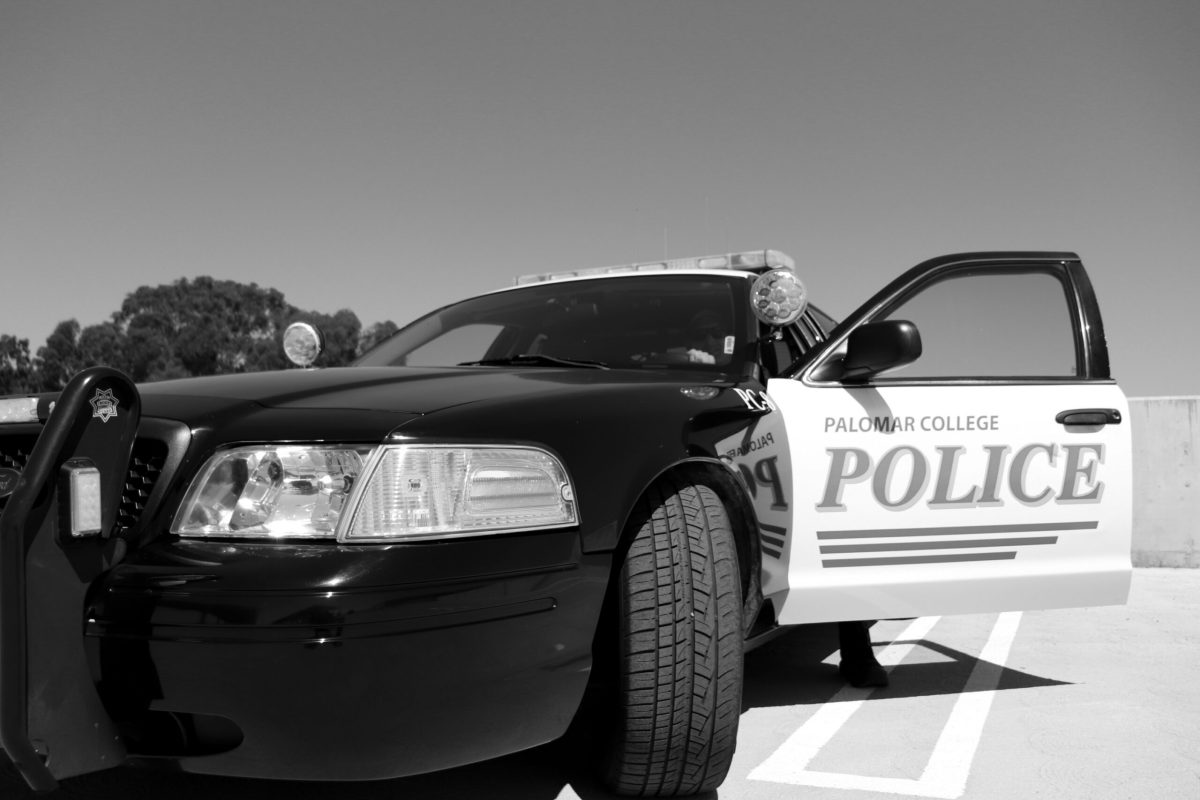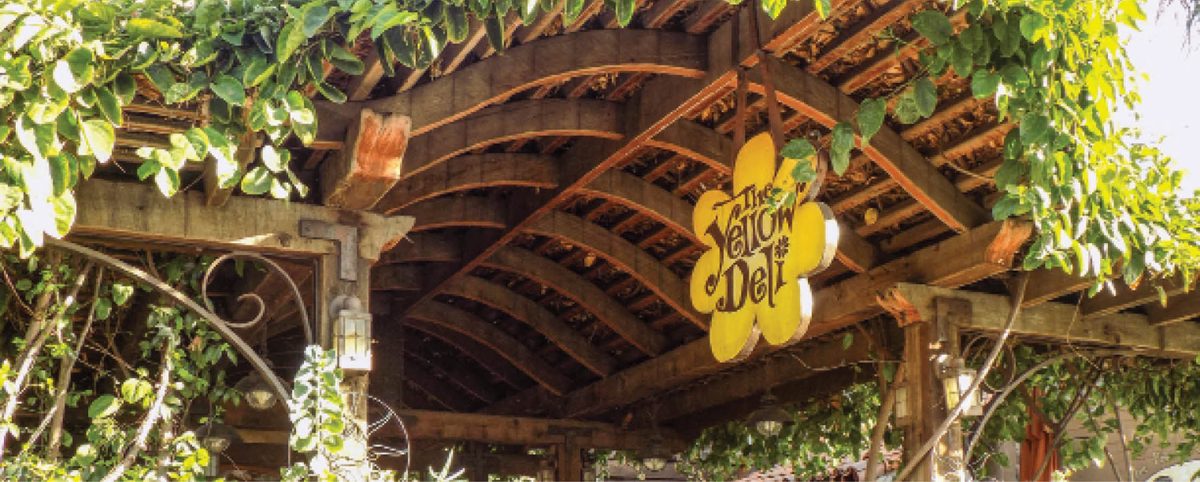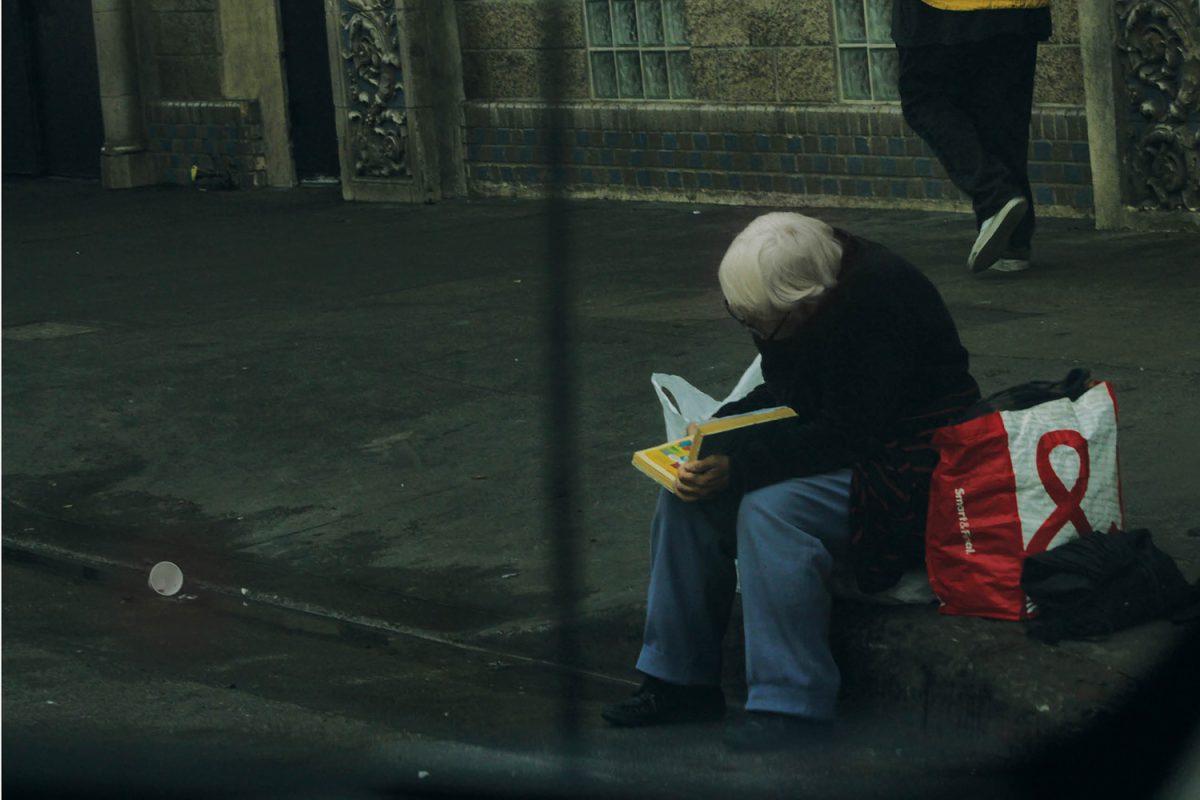[et_pb_section bb_built=”1″ next_background_color=”#000000″][et_pb_row][et_pb_column type=”4_4″][et_pb_text]
NASA’s onsite, four-day experience building rover models for Mars is a “hidden gem,” according to Corey Fraga, one of 171 students across the country picked to go to the NASA Johnson Space Center in Houston.
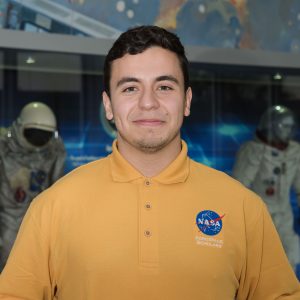
Fraga, who has attended Palomar as a STEM student majoring in mechanical engineering for the last four years, came across the class and workshop on NASA’s internship and fellowship site (OSSI) and applied for the spring term. Once picked for NASA’s Community College Aerospace Scholars (NCAS) Program, students go through a five-week online course, designed to cover topics involving rover models and the building process of designing one going to Mars. The International Space Station (ISS), solar system and ergonomics, which is an applied science that finds ways to arrange things so people and things interact efficiently, and with safety.
The course started in October, and over five-weeks there were six quizzes and a final project due at the end of term. 400 people are admitted into the online course, and from there, certain students who excel in the course are picked for the on-site portion.
There are three on-site locations that rotate groups of students through a period of several weeks. These locations include the Johnson Space Center (Texas), Stennis Space Center (Hancock County, Miss.), and Ames Research Center (Mountain View, Calif.). Fraga and 170 others were picked to go to one of three locations, and everything is paid for, excluding a $30 registration fee.
Before going on-site, ideally four teams of 10 are assembled for each location, and this is the time for students to begin getting to know each other and plan for the on-site activities. The teams were separated by colors, and Fraga was part of the gold team, which they named “Golden Rule” while three others remained: the navy, red, and green team. Fraga, who admits he did not know a lot about NASA before applying, learned a lot through the online course, which prepped him for the on-site. His interest in mechanical engineering also helped him through the building designs of the rover they made for the competitions that would follow.
Each person within the group has a role. After the four teams flew out, they were greeted by one NASA intern and two student assistants. Over the next couple days they would prep for rover competitions, and on the final day one team would be awarded for the best design and functionality.
Fraga and his teammates also toured through the Robert Gilruth Center, the Neutral Buoyancy Lab, and Building 9, which housed ISS mockups and the Orion space craft, which will hold the four astronauts who will be going to Mars in 2020.
Robert Gilruth was a pioneer in aeronautics, and the father of NASA’s U.S. manned space program, according to NASA. Today, the center is renamed the Lyndon B. Johnson Space Center. Not far from the Johnson Space center is the Sonny Carter Training Facility, which houses the famous neutral buoyancy lab. The neutral buoyancy lab is a giant underground pool, 202 feet in length, 40 feet. in depth, and holds 6.2 million gallons of water, according to NASA. The directive for the pool is to prepare astronauts for space walks, and to give them a real feel of how it will be to walk in space, and water is one of the closest ways to reenact this.
Lastly, Fraga and his teammates were taken through Building 9, which is the astronaut training facility.
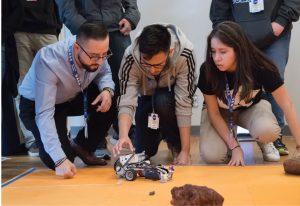
“Coming into it, I was nervous to work with a team,” Fraga said, adding, “you can think a lot about something but until you’re there doing it, you don’t really know what it’s like realistically. If you’re going to do it, do it for that, and for your own self-improvement, and experience.”
While each team had a makeup of around 10 members, each team member had a role, whether it involved programming, software, or mechanical building. There was also a budget, and each rover had to accommodate for the parts they used in the final makeup of the project.
Teams would go to bed around 2:30 a.m. and wake up at 5 a,m. to start the day. “When you do it, you’re in the moment the whole time, and when it’s over, you start to think about how you miss it, and how you want to go back,” Fraga said, adding that while they didn’t get a lot of sleep, it was worth it.
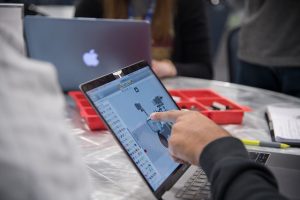
Some exercises really emphasized the failure aspect. “If you go for it, and you don’t make it, you could just give up,” Fraga said. “It didn’t go as well as we thought on day one, so on day two, we came back and re-did our design, and that’s just it—keep trying.”
Fraga, who is still in contact with his teammates, wants to possibly buy one of the rover kits and use it to teach younger kids how to build models. Fraga works at the Youth Center, in Murrieta, Calif. and just started a STEM club there. He doesn’t have to do the work, but he wants to do it to give others the experience. This would involve 6th-9th graders building rover models with Lego kits, similar to the ones Fraga and his team built on-site.
Alicia Baturoni Cortez, NASA’s (NCAS) Manager, is responsible for how the program is implemented across the agency. The program, according to Cortez, came about many years ago when the Johnson Space Center decided to start a community college version of a successful Texas high school program. It was originally modeled after this, and initially was for Texas students only, but since 2014, NASA has been growing the program to include any US citizen attending an accredited community college in the United States.
The goal of the program, according to Cortez, is to give STEM students an authentic NASA experience, hoping to aid them in finishing their college degree and pursue a NASA related field or career. As for the rover models and builds during the on-site portion, this aspect is to give students the ability to work with a team and learn how to follow an engineering design process. Cortez also stated that working with NASA scientists or engineers will give a better understanding as to what it’s like to work with them.
Palomar College offers its own STEM program to better equip students going into international fields designed for math, science, engineering or technology. The STEM center also sends out monthly newsletters with information regarding scholarships and other programs offered, such as the STEM Summer Robotics Institute.
Mireya Aguero-Gutierrez, Palomar’s STEM center supervisor, and Judea Werner, STEM center assistant, both want to encourage students of the opportunities available to them. “We hope that students realize there are many opportunities available on campuses to encourage and support them to achieve their dreams of earning STEM degrees,” Aguero-Gutierrez and Werner stated in a joint email, adding “students must embrace the idea of persisting even when they don’t achieve the desired result the first time around. We encourage them to commit their time and effort until they prosper.”
For Fraga, a lot of mistakes may have been made in the process, but it was the continual process of re-doing that made up for it. For their final project model, Fraga used google sketch ups to help design the rover, and these sketches were sent to team members, even before going to the on-site, just to find out what the team wanted and planned on building. In Fraga’s initial sketch, the length of the rover was incorrect, but Fraga kept it as a reminder that everyone is human, and mistakes happen.
“This is something I’ve never done,” Fraga stated on building the 3D model sketch for the rover. “Because you challenge yourself, you’re able to come up with crazy stuff,” Fraga said. For example, in the class, students are told that you wouldn’t want to put solar panels on the rovers, due to it being dusty on Mars, so you have to adjust your model to fit the environment.“That’s why I want to pursue that aspect in my career,” Fraga added, “to make something from nothing.”
“Don’t be discouraged,” Fraga continued, stating that while many people associate NASA with rockets, whatever you may be doing, keep persevering. “Just because you don’t think you can build rockets, don’t give up on it,” Fraga said.
In the end, the navy team won for rover competitions. Everyone was awarded a completion certificate on the last day, and while Fraga admits that while you have to work hard, it’s all worth it.
Alexander D. Gladney-Lemon, one of two national coordinators for NCAS, helps to coordinate the onsite experience and the five-week course. “I want the scholars to gain the confidence to not only finish their two-year degree, but to transfer and finish a four-year degree, and finally enter into a STEM career that they will enjoy,” Gladney-Lemon said, adding that he believes in the goals NCAS has set out, and several NCAS alumni have achieved this. “If that career happens to be with NASA, even better.”
[/et_pb_text][/et_pb_column][/et_pb_row][/et_pb_section][et_pb_section bb_built=”1″ prev_background_color=”#000000″][et_pb_row][et_pb_column type=”4_4″][et_pb_text]
[/et_pb_text][/et_pb_column][/et_pb_row][/et_pb_section]

